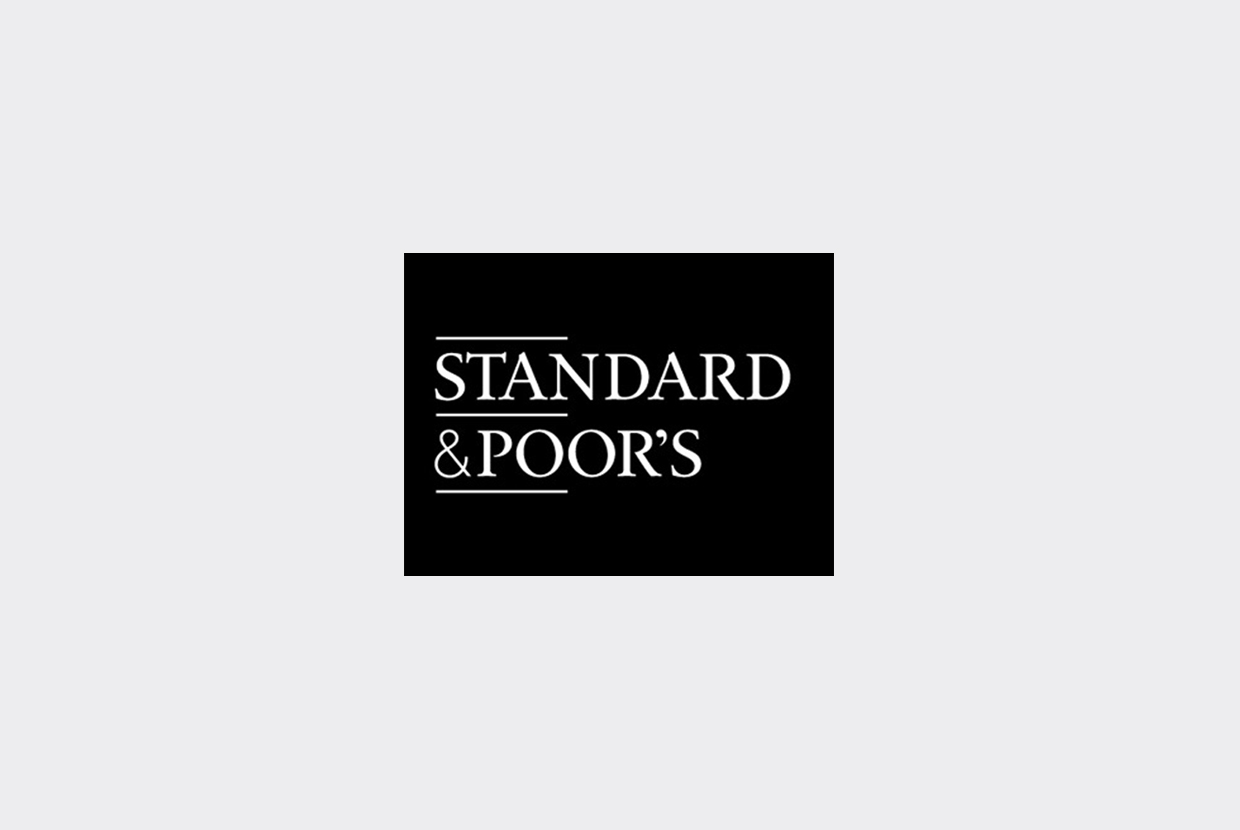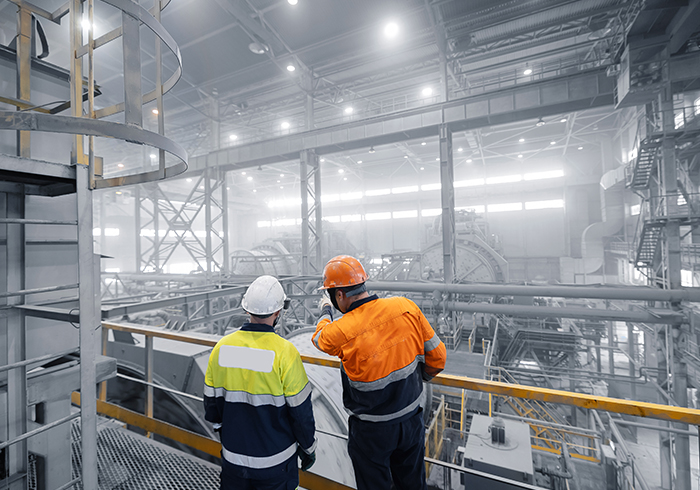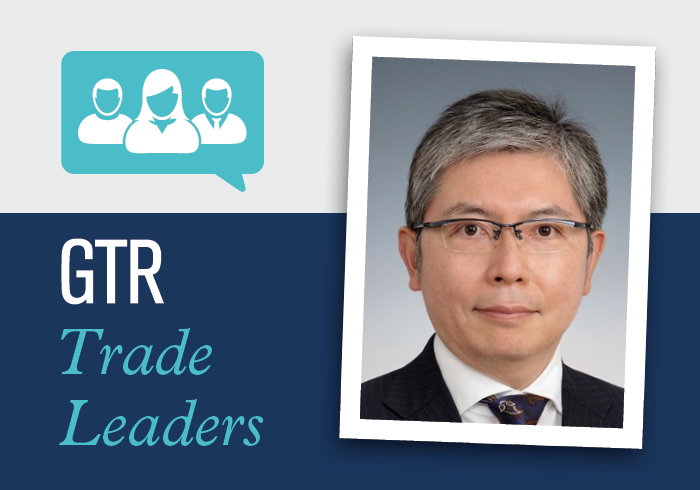“There seems no end to the bonanza that China and its rush to build infrastructure can bring to iron ore, coal, copper, or alumina producers,” says Standard & Poor’s credit analyst Olivier Beroud. “Today it appears that not one steel maker in the world is loss making, which must be a first since the US industrial revolution one century ago, and the steel industry is one of the largest consumer of raw materials.”
The industry is a very cyclical and capital-intensive business, however. It is also a risky business as metals and minerals are commodities for which producers are generally price takers: prices are set in the market according to supply and demand, although production costs are more or less fixed.
Supply is generally fixed in the short term, so when demand rises or falls sharply, the effect on prices can be very exaggerated. In recent years, however, concentration in various commodity markets has started to radically alter the negotiating positions of certain commodity producers.
Raw materials have seen a strong concentration of producer power.
- Anglo American PLC (A-/Stable/A-2);
- BHP Billiton Ltd. (A+/Stable/A-1);
- Rio Tinto PLC (A+/Stable/A-1); and
- Xstrata Queensland Ltd. (Xstrata; BBB/Positive/–)
The comparison of the different business and financial profiles of these groups should enable the investment community to reach a better understanding of the industry and the main drivers of the respective credit ratings.
“From a credit standpoint, the current climate is a time when large corporations’ investment discipline is being severely tested and when investment decisions made in the heat of the bull market will have repercussions for decades to come,” says Beroud. When demand cools off, as it inevitably will–or when supply catches up and overtakes demand – only a first quartile (that is, among the lowest) cost production will enable companies to weather the downturn. “Ratings will, therefore, only be maintained if companies take advantage of the current good times to invest in assets but also to reduce debt as we approach the peak of the cycle,” Beroud adds.









